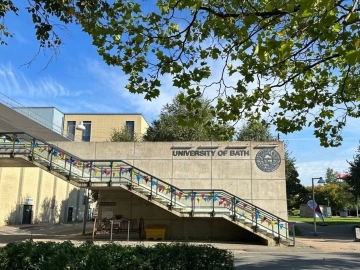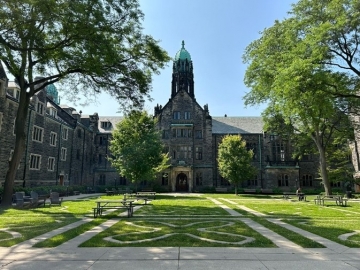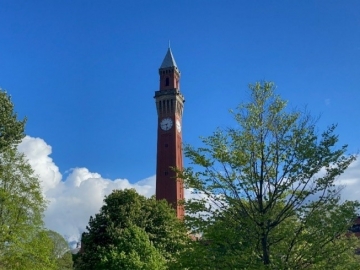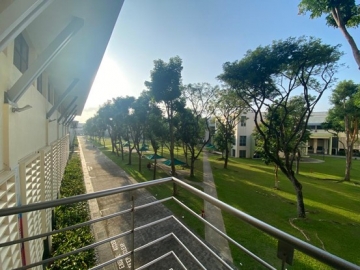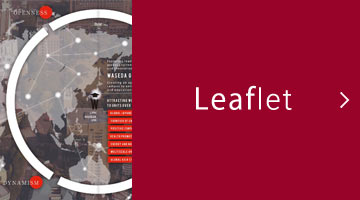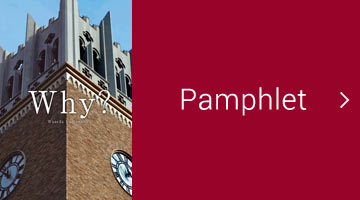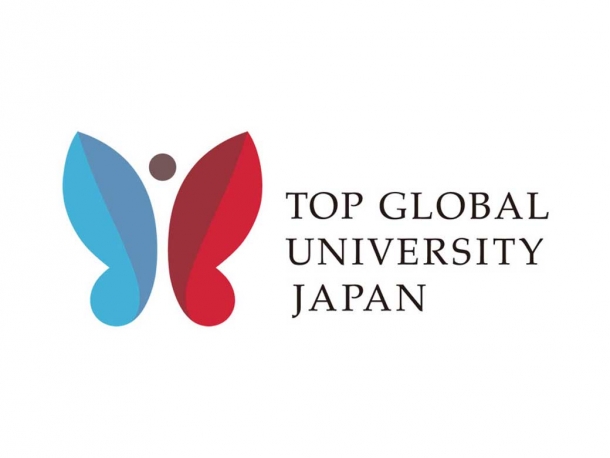Ms. Aino Kitayama, a doctoral student from the Graduate School of Sport Sciences, participated in a study abroad program at the Baker Heart and Diabetes Institute from November 2023 to February 2024. This program was sponsored by the Top Global University (TGU) Project. During her study abroad, Ms. Kitayama was able to produce two research papers under the supervision of Professor David Dunstan and Professor Neville Owen while also taking in the beautiful Melbourne environment. Please read about her experience below!
Ⅰ. About the travel support
Thanks to the AY2023 Travel Grant Program from the Top Global University (TGU) Project at Waseda University, I had the great opportunity to take part in research activities in the Physical Activity Laboratory at Baker Heart and Diabetes Institute in Melbourne, Australia from November 29th, 2023 to February 28th, 2024. This program provided me with the one-way airfare and accommodation expenses for three months. During my stay in Melbourne, I was given the chance 1) to conduct collaborative research between Australia and Japan, 2) to work together with promising young researchers in Melbourne, 3) and to receive supervision on my doctoral thesis from top-leading researchers in the physical activity research field.
Ⅱ. About Baker Heart and Diabetes Institute
The Baker Heart and Diabetes Institute is the first multidisciplinary organization in Australia dedicated to solving problems related to cardiovascular diseases and diabetes. The institute is located next to the Alfred Hospital, which enhances research capacity and capability, as well as collaborative opportunities. It has 31 laboratories to achieve the mission of reducing death and disability from cardiovascular disease, diabetes, and other related health disorders. This institute is well known among people living around it for its unique appearance with colorful walls. The views seen from this institute are beautiful, as there is a huge park in front, and you can also see many tall buildings located in the central business district (CBD) area. There are also occupational health services to protect employees’ health; for example, most laboratories are equipped with sit-stand desks to avoid bad posture and/or continuously sitting still. These environments might help employees’ work engagement and performance.
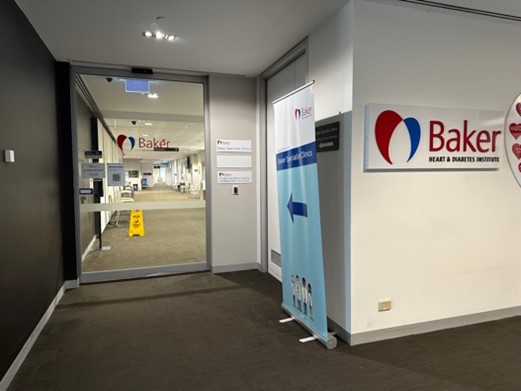
The entrance of the research center
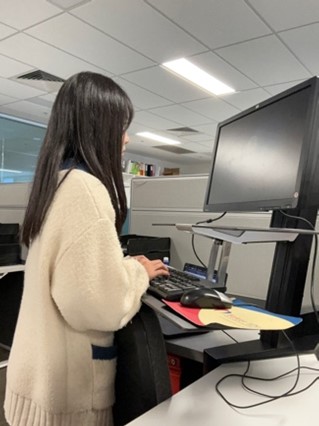
A sit-stand desk
Ⅲ. About research activities at Baker Heart and Diabetes Institute
The Baker Heart and Diabetes Institute allowed me to access all the seminars held there and to conduct research activities as a visiting researcher at the Physical Activity Laboratory. In this laboratory, several research projects focusing on the primary prevention of chronic diseases, in particular, diabetes, heart diseases, and cancer using a behavioral approach (e.g., increasing physical activity). This laboratory consisted of a professor, three research coordinators, a post-doctoral research fellow, and a Ph.D. student from Deakin University. I went to the laboratory from Monday to Friday every week and had a great time with them. This laboratory was lively enough for me to have many opportunities to talk with others about research as well as private matters (e.g., what to do on weekends). Also, we had a fortnight meeting where we shared our own research progress with each other. Under these circumstances, I could consult about collaborative studies with them regularly and concentrate on my research every day without any waste of time. As the result, I have been preparing two research papers based on the collaborative studies. In addition, Prof. David Dunstan and Prof. Neville Owen gave me plenty of advice on my doctoral thesis. This helped me to construct better thesis structures. From this experience, I not only expanded my research ability but also built good relationships with overseas researchers that lasts even after I coming back to Japan.
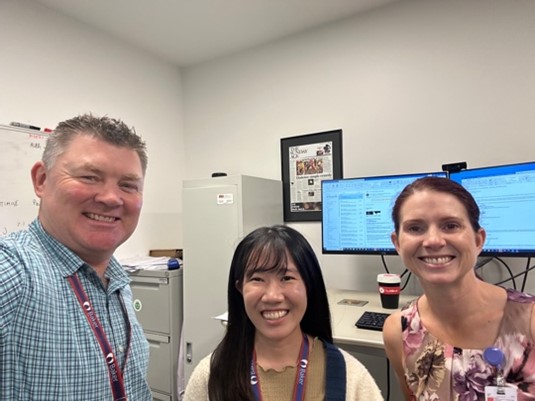
Photo with Prof. David Dunstan (left) and Ms. Ruth Grigg (research coordinator, right)
Ⅳ. Life in Melbourne
Melbourne is the second largest city in Australia and is located in the Southeast . As Melbourne is ranked one of the best cities in the world, you can find multicultural places (e.g., buildings and restaurants), vast nature, and friendly people in this city. Also, you can experience a lot of sports. For example, you can watch national cricket games and one of the biggest tennis tournaments (the Australian Open) in summer, and lively football games in winter. In addition, Melbourne is famous for its cafe culture, so you can find your favorite cafes particularly in the CBD. I went to more than ten different cafes on weekends and tried a flat white, which is a popular type of latte in Melbourne. For other activities on weekends, I often went hiking and surfing because there were several beautiful hiking trails and beahes for surfing. One of the big differences between Japan and Melbourne was the weather. Sometimes the weather would change so quickly during the day, and moreover, there was sometimes a huge gap of temperature between one day and the next . Therefore, it was hard to get used to the weather in Melbourne. I dealt with this weather change by taking a jacket with me every time I went outside.Despite this, I really enjoyed my life in Melbourne.
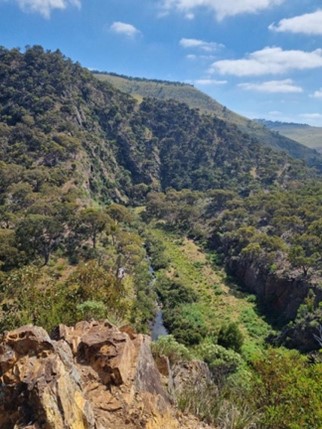
View from a hiking trail
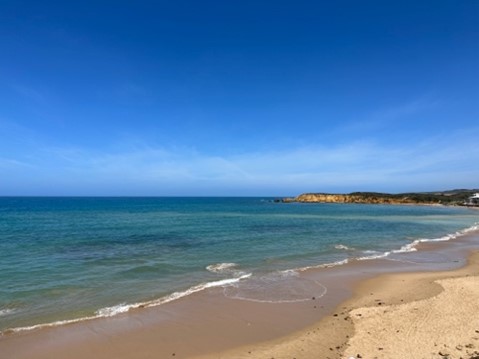
A famous beach for surfing
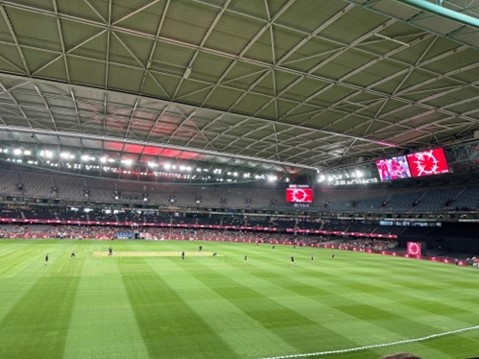
A cricket stadium
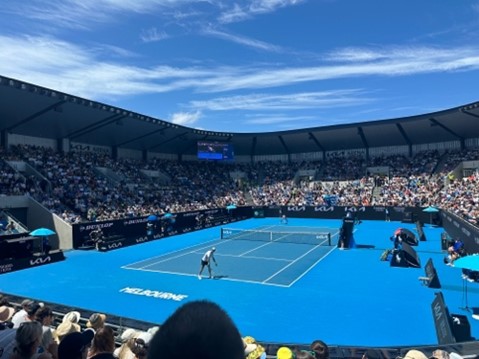
A tennis match at the Australian Open
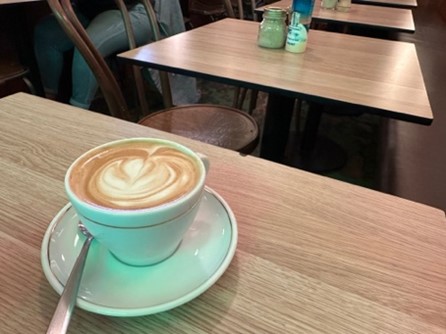
A flat white in one of the most popular cafes
Ⅴ. To conclude
To conclude, my five-month stay in Melbourne was successful. I enhanced my research ability, built good relationships with overseas researchers, and experienced Australian culture. I am pleased to have taken part in one of top research laboratories in the physical activity field. I would like to contribute to this research field by using the research skills I earned during this opportunity. I would like to express my sincere gratitude to Prof. David Dunstan and Prof. Neville Owen for their generous supervision, as well as to my team members at the Physical Activity Laboratory for their kind support during my stay in Melbourne. I also appreciate my supervisor at Waseda University Prof. Koichiro Oka, for giving me this opportunity. Moreover, I am thankful to the Tokorozawa Office at Waseda University for their continuous support.
